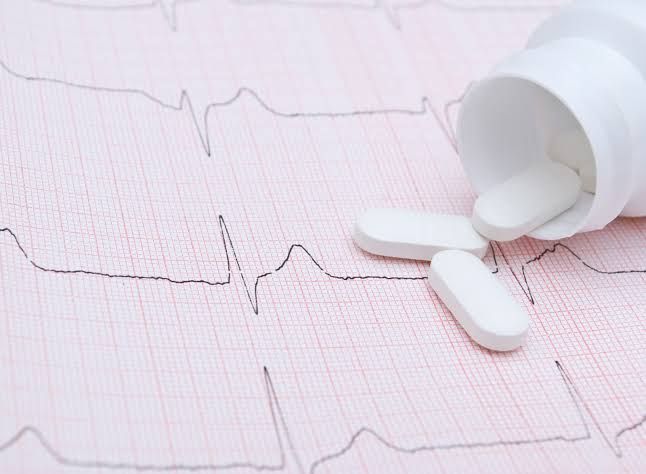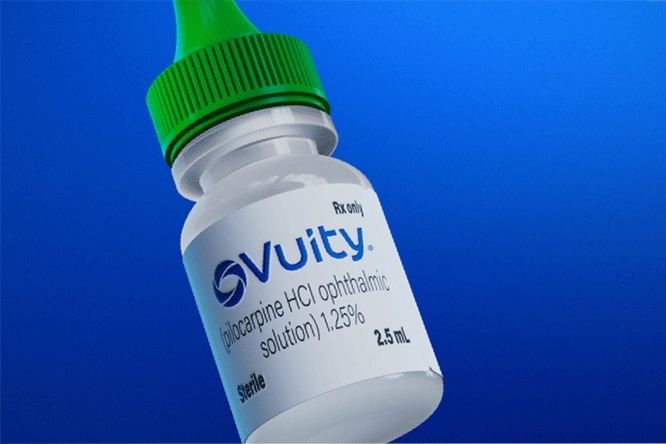
Main Features of the Major Groups of Antiarrhythmic Drugs
Antiarrhythmic drugs are classified into several major groups based on their mechanism of action and effects on cardiac electrophysiology. The primary classifications include Class I (sodium channel blockers), Class II (beta-blockers), Class III (potassium channel blockers), and Class IV (calcium channel blockers). Each class has distinct characteristics, indications, and mechanisms of action.
Class I: Sodium Channel Blockers
Class I antiarrhythmics are further divided into three subclasses: Ia, Ib, and Ic.
- Ia (e.g., Quinidine, Procainamide, Disopyramide): These drugs moderate sodium channel blockade and prolong the action potential duration by interfering with phase 0 depolarization. They also have some potassium channel blocking effects which prolong the refractory period.
- Ib (e.g., Lidocaine, Mexiletine): These agents primarily block sodium channels during the depolarized state and have a rapid dissociation from the channels. They shorten the action potential duration and are particularly effective in treating ventricular arrhythmias.
- Ic (e.g., Flecainide, Propafenone): These drugs have a strong sodium channel blockade with minimal effect on the action potential duration. They are used for both atrial and ventricular arrhythmias but can increase mortality in patients with structural heart disease.
Mechanism of Action: Class I agents work by binding to sodium channels in their inactive state, preventing sodium influx during depolarization. This slows conduction velocity in cardiac tissues and alters the excitability of myocardial cells.
Class II: Beta-Blockers
Beta-blockers (e.g., Metoprolol, Atenolol) primarily act on beta-adrenergic receptors in the heart.
- Mechanism of Action: By blocking beta-1 adrenergic receptors, these drugs reduce heart rate and contractility. They decrease automaticity in pacemaker cells and slow conduction through the AV node, making them effective for managing supraventricular tachycardias as well as preventing ventricular arrhythmias post-myocardial infarction.
Class III: Potassium Channel Blockers
This class includes drugs such as Sotalol, Dofetilide, and Amiodarone.
- Mechanism of Action: Class III agents primarily block potassium channels responsible for repolarization during phase 3 of the cardiac action potential. This prolongs the refractory period without significantly affecting depolarization. Amiodarone also has properties from other classes (I, II, IV) due to its complex pharmacodynamics.
Class IV: Calcium Channel Blockers
Calcium channel blockers like Verapamil and Diltiazem fall into this category.
- Mechanism of Action: These drugs inhibit calcium influx through L-type calcium channels during depolarization. This results in decreased conduction velocity through the AV node and reduced contractility. They are particularly useful for controlling ventricular rate in atrial fibrillation or flutter.
In conclusion, antiarrhythmic drugs play a crucial role in managing various types of arrhythmias through distinct mechanisms that target specific ion channels involved in cardiac electrical activity.
Pharmacokinetics, Clinical Uses, and Major Toxic Effects of Drugs Used in the Treatment of Arrhythmias
Introduction to Arrhythmia Treatment
Arrhythmias are irregular heartbeats that can lead to various complications, including stroke and heart failure. The treatment of arrhythmias often involves antiarrhythmic drugs, which are classified into several categories based on their mechanism of action. Understanding the pharmacokinetics (how the body affects a drug) and the clinical uses of these medications is crucial for effective management.
1. Pharmacokinetics of Antiarrhythmic Drugs
Pharmacokinetics encompasses four primary processes: absorption, distribution, metabolism, and excretion (ADME). Each antiarrhythmic drug has unique pharmacokinetic properties that influence its clinical use.
- Absorption: Most antiarrhythmic drugs are administered orally or intravenously. For example, Class I agents like Quinidine and Procainamide are absorbed from the gastrointestinal tract but may have variable bioavailability due to first-pass metabolism.
- Distribution: These drugs typically distribute widely throughout the body. For instance, Amiodarone has a large volume of distribution due to its lipophilicity and accumulation in tissues such as adipose tissue and lungs.
- Metabolism: The liver plays a significant role in metabolizing many antiarrhythmic drugs. For example, Lidocaine is primarily metabolized by hepatic enzymes (CYP450), while Amiodarone undergoes complex metabolism involving multiple pathways.
- Excretion: Renal excretion is common for many antiarrhythmic agents. For instance, Digoxin is eliminated primarily through renal pathways, necessitating dose adjustments in patients with renal impairment.
2. Clinical Uses of Antiarrhythmic Drugs
Antiarrhythmic drugs are used to treat various types of arrhythmias:
- Class I Agents (Sodium Channel Blockers):
- Quinidine: Used for atrial fibrillation and ventricular tachycardia.
- Lidocaine: Primarily used in acute ventricular arrhythmias during myocardial infarction.
- Class II Agents (Beta Blockers):
- Propranolol: Effective for atrial fibrillation and tachycardia; also reduces mortality post-myocardial infarction.
- Class III Agents (Potassium Channel Blockers):
- Amiodarone: Broad-spectrum agent used for both atrial and ventricular arrhythmias; particularly useful in resistant cases.
- Class IV Agents (Calcium Channel Blockers):
- Diltiazem and Verapamil: Primarily used for rate control in atrial fibrillation and flutter.
3. Major Toxic Effects of Antiarrhythmic Drugs
While effective, antiarrhythmic drugs can have significant toxic effects:
- Class I Agents:
- Quinidine: Can cause gastrointestinal disturbances, cinchonism (tinnitus, headache), and proarrhythmia.
- Lidocaine: Generally well-tolerated but can lead to CNS toxicity such as seizures at high doses.
- Class II Agents:
- Propranolol: May cause bradycardia, hypotension, fatigue, bronchospasm (especially in asthmatic patients), and depression.
- Class III Agents:
- Amiodarone: Associated with pulmonary toxicity (interstitial pneumonitis), thyroid dysfunction (hyperthyroidism or hypothyroidism), liver toxicity, skin discoloration (blue-gray skin), and corneal deposits.
- Class IV Agents:
- Diltiazem/Verapamil: Can lead to bradycardia, hypotension, peripheral edema, constipation, and may exacerbate heart failure in some patients.
Conclusion
The treatment of arrhythmias with antiarrhythmic drugs requires careful consideration of their pharmacokinetics to optimize therapeutic outcomes while minimizing adverse effects. Clinicians must be vigilant about monitoring for potential toxicities associated with these medications to ensure patient safety.







